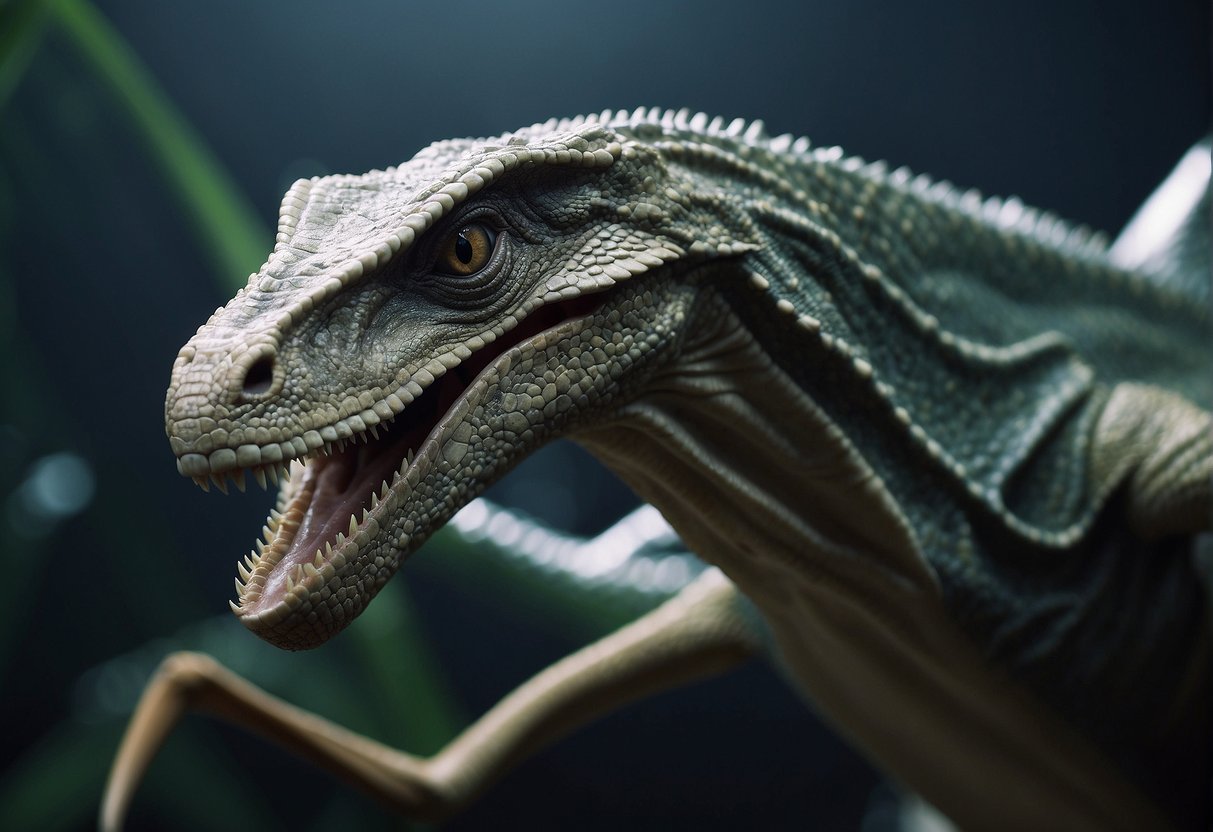Some of the most fascinating prehistoric creatures that roamed the Earth weren’t dinosaurs. While dinosaurs may be the most well-known prehistoric animals, there were many other species that lived during the same time period, and some were even more remarkable than the dinosaurs themselves. From massive marine reptiles to giant insects, prehistoric life was incredibly diverse.
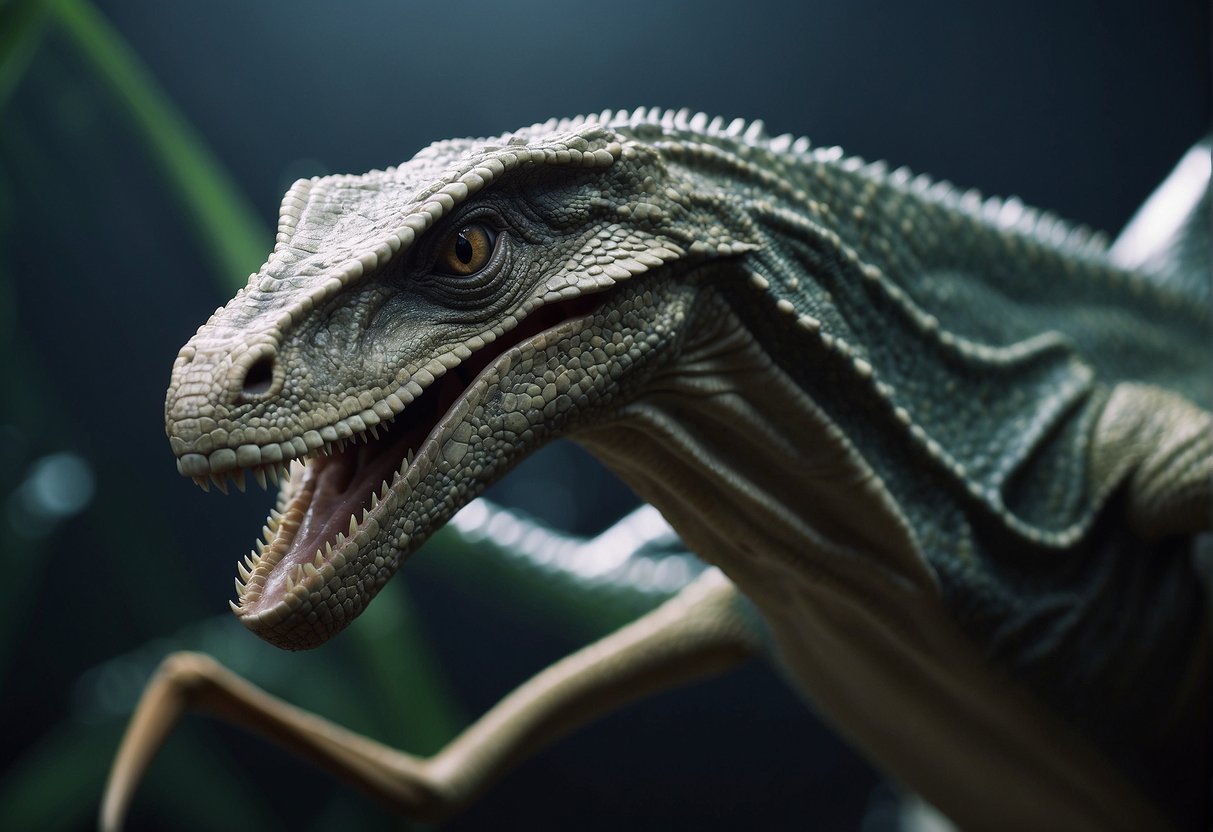
One of the most awe-inspiring prehistoric creatures was the pterosaur, a group of flying reptiles that lived alongside the dinosaurs. These creatures had wingspans of up to 40 feet, making them some of the largest flying animals to have ever existed. Despite their size, pterosaurs were incredibly agile and could fly for long distances, making them formidable predators in the skies.
Not all prehistoric creatures were quite so impressive, however. Some were downright terrifying, such as the giant sea scorpions that prowled the oceans during the Paleozoic era. These creatures could grow up to 8 feet long and had massive claws that they used to catch prey. While they may not have been as well-known as the dinosaurs, these creatures were just as fascinating in their own right.
The Reign of the Non-Dinosaurs
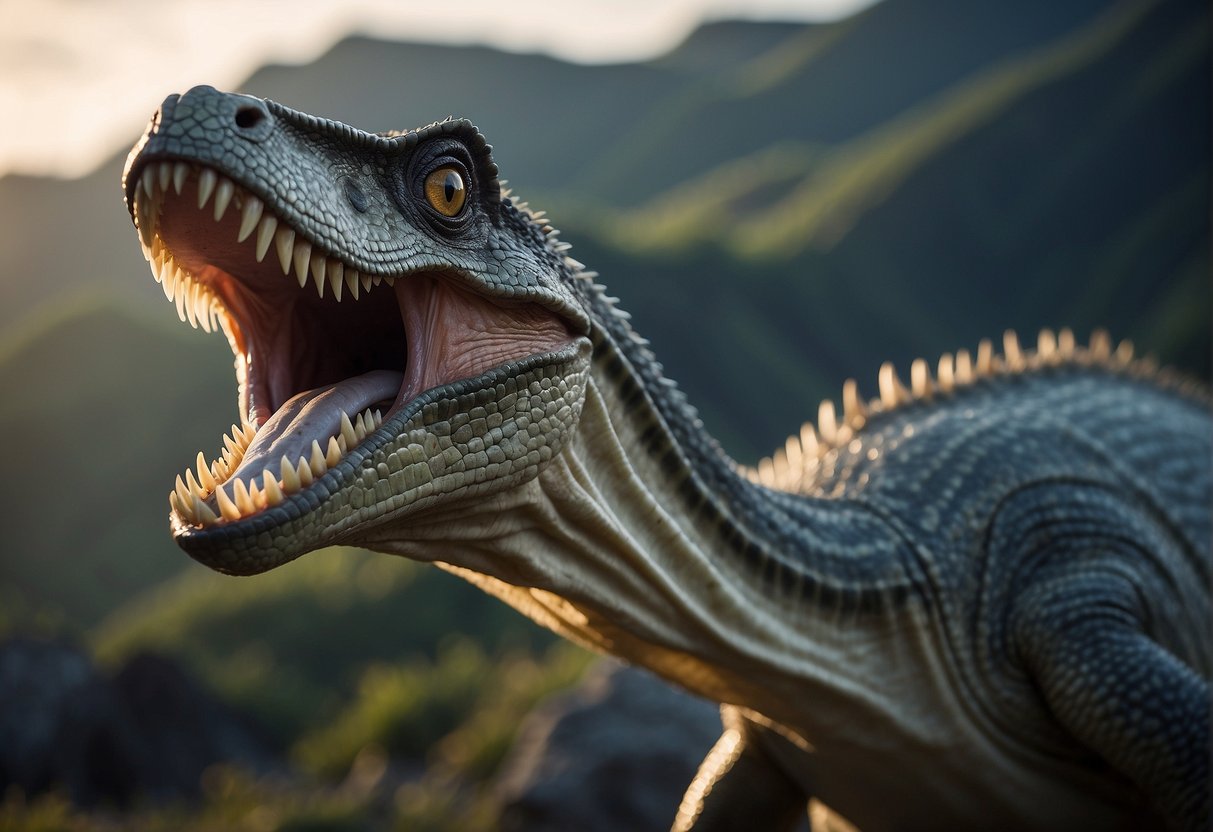
Defining Prehistoric Creatures
Prehistoric creatures are characterized as animals that lived on Earth millions of years ago, before the emergence of human civilization. While the term “dinosaur” is often used to describe all prehistoric creatures, it is important to note that not all prehistoric creatures were dinosaurs. In fact, many of the most fascinating prehistoric creatures were not dinosaurs at all.
Time Periods Beyond Dinosaurs
The prehistoric era spans over 4 billion years, and the reign of the dinosaurs only lasted for a small fraction of that time. There were many other fascinating creatures that lived during the prehistoric era, some of which were even more impressive than dinosaurs.
For example, during the Paleozoic era, which lasted from 541 to 252 million years ago, there were many creatures that were not dinosaurs but were still incredibly fascinating. These included the giant sea scorpion, which could grow up to 8 feet long, and the trilobite, a group of marine arthropods that lived in the oceans for over 270 million years.
Moving into the Mesozoic era, which lasted from 252 to 66 million years ago, we see the emergence of the dinosaurs. However, there were also many other fascinating creatures that lived during this time, including pterosaurs, marine reptiles, and early mammals.
Overall, while dinosaurs may have been the most well-known prehistoric creatures, they were just a small part of a much larger and more diverse group of animals that roamed the Earth millions of years ago.
Majestic Marine Monsters
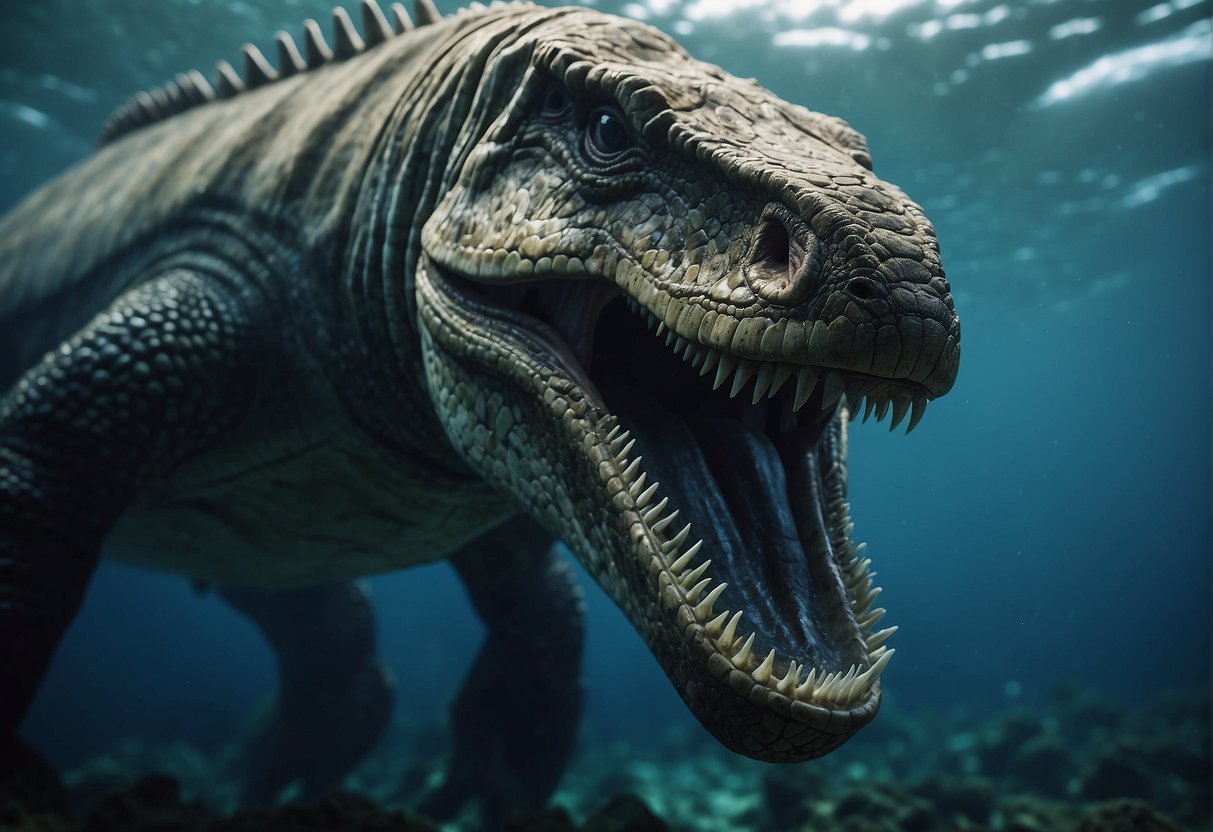
Prehistoric creatures weren’t just limited to land, as some of the most awe-inspiring beasts lived in the oceans. Two groups of these creatures that stand out are mosasaurs and plesiosaurs.
Mighty Mosasaurs
Mosasaurs were massive marine reptiles that lived during the Late Cretaceous period, around 98 to 66 million years ago. They were powerful swimmers with long, streamlined bodies, and they were at the top of the food chain in their aquatic environment. Some of the largest species could reach lengths of up to 50 feet.
One of the most famous mosasaurs was Tylosaurus, which had a long, pointed snout and sharp teeth. It was a formidable predator that could take down large prey, such as other marine reptiles or even sharks.
Plesiosaurs and Their Paddles
Plesiosaurs were another group of marine reptiles that lived during the Mesozoic Era, from around 201 to 66 million years ago. They had four flippers and long necks, which they used to capture their prey. Some species had necks that were up to 30 feet long.
One of the most well-known plesiosaurs is Elasmosaurus, which had a neck that was longer than its body. This creature used its long neck to hunt for fish and squid in the shallow seas that covered much of North America during the Late Cretaceous.
Overall, these majestic marine monsters were some of the most fascinating creatures to ever swim in the oceans. While they may not have been dinosaurs, they were just as awe-inspiring in their own right.
Terrifying Terror Birds
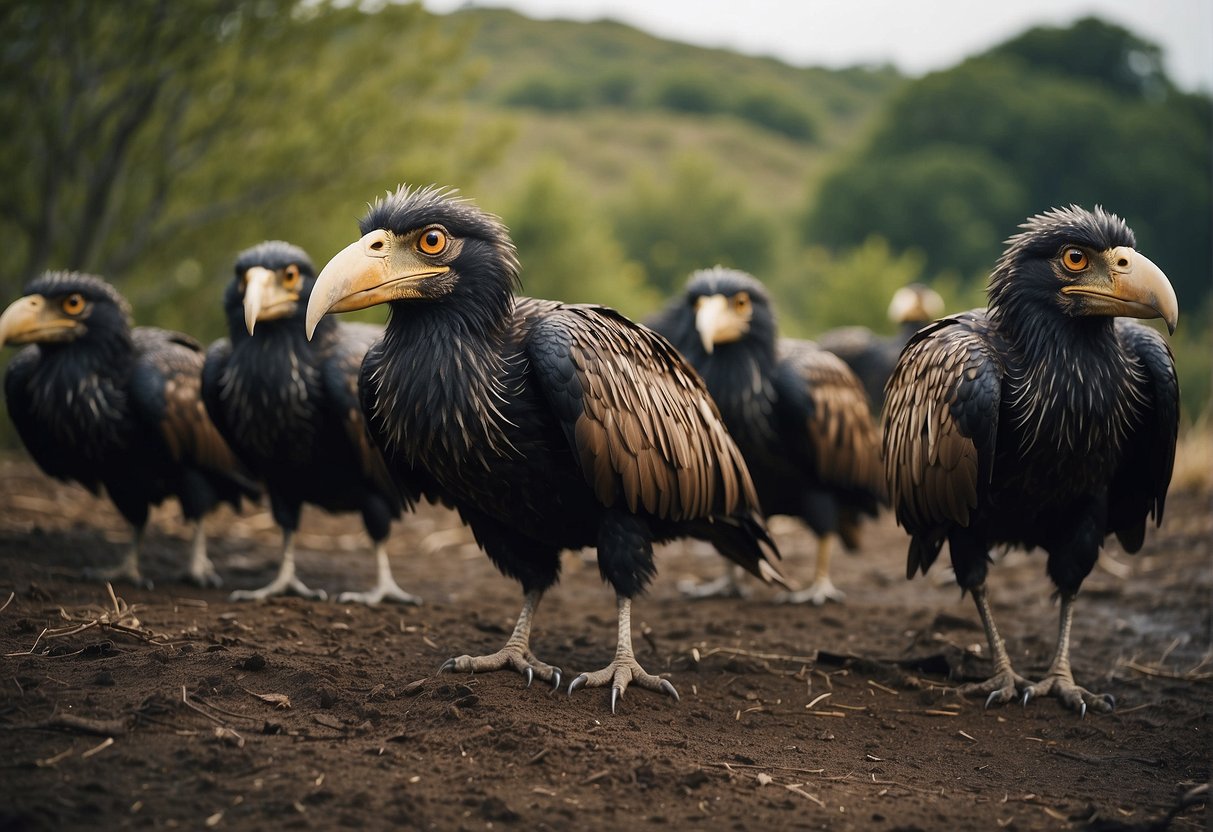
Phorusrhacidae: Apex Predators
Terror birds were a group of flightless birds that lived in South America during the Cenozoic era. The most famous of these birds belonged to the family Phorusrhacidae, which were apex predators in their time. These birds stood up to 10 feet tall and weighed as much as 500 pounds. They had large, hooked beaks that they used to kill their prey, which included other birds, small mammals, and even some early horses.
The largest and most fearsome of the terror birds was the Titanis walleri, which lived in what is now the southern United States around 5 million years ago. This bird stood over 8 feet tall and had a beak that was over a foot long. It is believed that Titanis was a pack hunter, and would have been a formidable predator even to some of the larger mammals of its time.
The Lifestyle of Terror Birds
Terror birds were well adapted to their environment, with long, powerful legs that allowed them to run at high speeds and catch their prey. They also had small wings that were useless for flight but helped them maintain balance while running. Their eyes were positioned on the front of their heads, giving them excellent depth perception and allowing them to accurately strike at their prey.
Despite their fearsome reputation, terror birds were not invincible. They were eventually outcompeted by other predators, including early mammals like the sabre-toothed cat, and disappeared from the fossil record around 2 million years ago. However, their legacy lives on, and they remain some of the most fascinating and terrifying creatures to have ever roamed the earth.
Gigantic Mammalian Megafauna
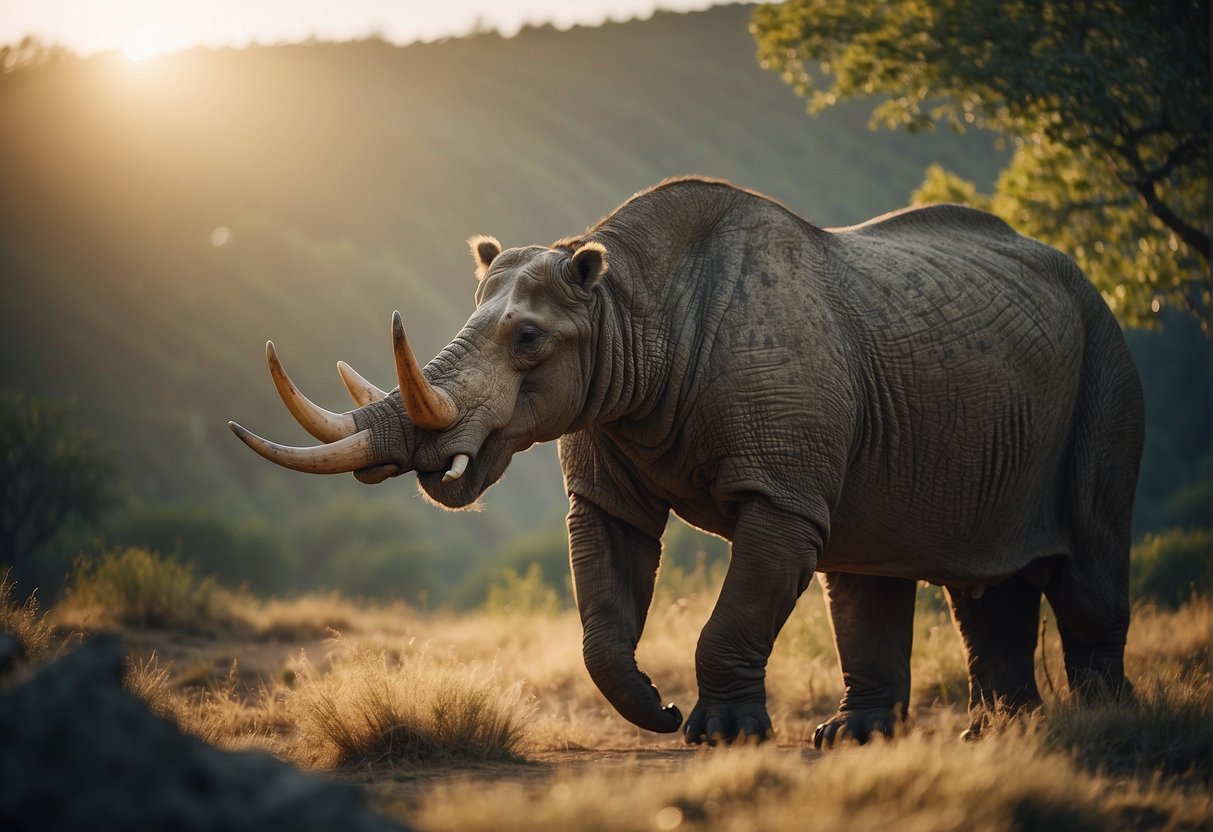
During the Pleistocene epoch, the world was home to a variety of massive mammals that roamed the earth. These creatures, known as megafauna, were not dinosaurs but were just as impressive in their own right. In this section, we’ll explore some of the most gigantic mammalian megafauna that ever lived.
Woolly Mammoths
Woolly mammoths were one of the most iconic creatures of the Pleistocene epoch. These massive elephants roamed the tundra of Eurasia and North America, sporting long, shaggy fur and impressive tusks. They stood up to 11 feet tall and weighed as much as 6 tons.
Despite their impressive size, woolly mammoths were well-adapted to the cold temperatures of the Ice Age. They had a thick layer of fat under their skin to keep them warm and a coat of fur that helped insulate them from the cold. They also had long, curved tusks that they used for digging through snow and ice to find food.
Sabre-Toothed Cats
Sabre-toothed cats, also known as Smilodon, were some of the most fearsome predators of the Pleistocene epoch. These massive cats had long, curved teeth that could reach up to 7 inches in length. They used these teeth to take down their prey, which included mammoths, bison, and even other predators.
Despite their fearsome reputation, sabre-toothed cats were not actually true cats. They belonged to a separate family of carnivores known as machairodonts. These creatures had a unique jaw structure that allowed them to open their mouths wider and deliver a more powerful bite.
Giant Ground Sloths
Giant ground sloths were some of the largest land mammals to ever exist. These creatures could grow up to 20 feet long and weigh as much as 4 tons. They had long, curved claws that they used for digging and climbing, as well as a unique joint in their spine that allowed them to stand on their hind legs.
Despite their massive size, giant ground sloths were herbivores. They ate a diet of leaves, grasses, and other vegetation, using their long tongues to reach high branches. Unfortunately, these creatures went extinct around 10,000 years ago, likely due to a combination of climate change and human hunting.
Insects of Immense Proportions
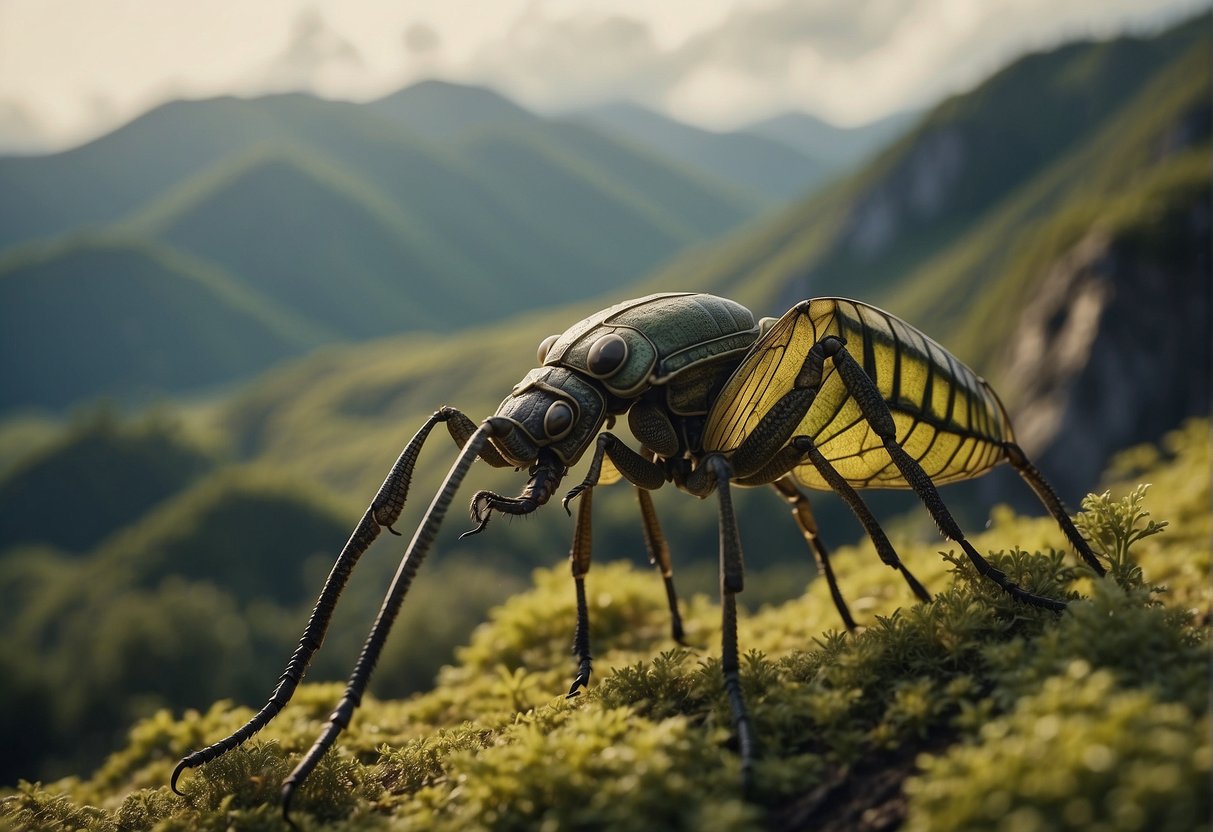
Giant Dragonflies
While dinosaurs may have been the most prominent creatures of the prehistoric era, giant dragonflies were also a sight to behold. These insects, known as Meganeura, had wingspans of up to 2.5 feet, making them some of the largest insects to ever exist. They lived during the Carboniferous period, around 300 million years ago, and were likely able to fly due to the high oxygen levels in the atmosphere at the time.
Giant dragonflies were predators, feeding on smaller insects and even small amphibians. Their large size allowed them to catch prey mid-flight, making them formidable hunters. Despite their intimidating appearance, these insects were harmless to humans.
Enormous Millipedes
Millipedes are often thought of as small, harmless creatures, but during the prehistoric era, some species grew to enormous sizes. The Arthropleura, for example, was a millipede that could grow up to 8 feet long and 2 feet wide. These creatures lived during the Carboniferous period, around 300 million years ago, and were likely herbivores, feeding on plants and decaying matter.
Despite their size, Arthropleura and other giant millipedes were not harmful to humans. In fact, they may have been preyed upon by larger predators, such as amphibians and early reptiles.
Overall, the prehistoric era was home to a diverse array of creatures, including giant dragonflies and enormous millipedes. While these insects may not have been as well-known as dinosaurs, they were still impressive in their own right and played important roles in their respective ecosystems.
Synapsids: The Pre-Dinosaur Rulers
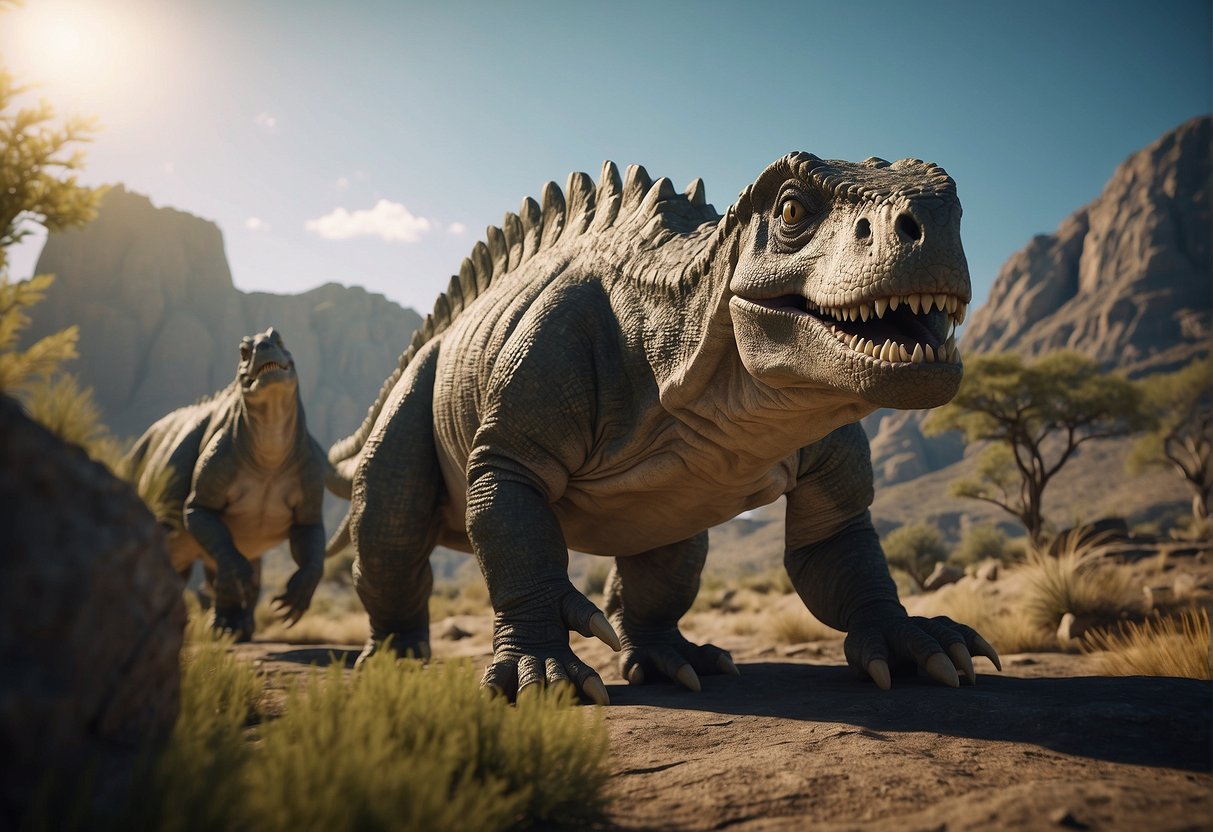
Long before the age of the dinosaurs, the world was ruled by a group of creatures known as synapsids. These animals were characterized by their sprawling posture, a condition in which their legs stuck out to the sides of their bodies. Synapsids were the dominant land animals of the Permian period, which lasted from 299 to 252 million years ago.
Dimetrodon: The Sail-Backed Hunter
One of the most famous synapsids was Dimetrodon, a sail-backed predator that lived during the early Permian period. Despite its reptilian appearance, Dimetrodon was not actually a dinosaur, but rather a type of synapsid known as a pelycosaur. Its most distinctive feature was the huge sail on its back, which was made up of elongated spines that were supported by bony struts. The sail may have served several purposes, including regulating body temperature, attracting mates, and intimidating rivals.
Therapsids: Mammal-Like Reptiles
After the Permian period, the synapsids evolved into a new group of animals known as therapsids. These creatures were more mammal-like in appearance, with more upright postures and more advanced jaws and teeth. Some therapsids even had fur-like coverings, although they still laid eggs and did not nurse their young.
One of the most successful groups of therapsids was the cynodonts, which eventually gave rise to the first true mammals. Despite their success, however, the therapsids were ultimately outcompeted by the dinosaurs, which rose to dominance during the Jurassic period. Nevertheless, the synapsids left an indelible mark on the history of life on Earth, and their legacy can still be seen in the diversity of mammals that exist today.
Conclusion
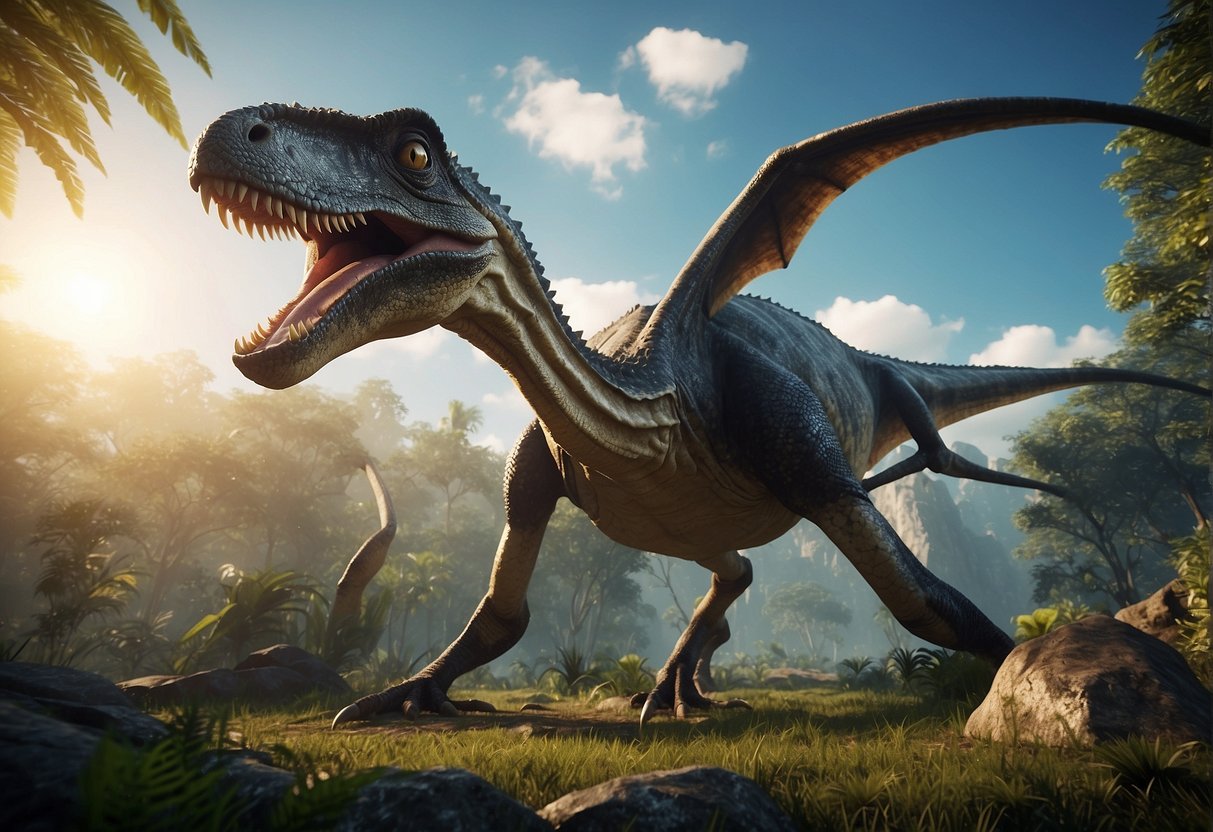
In conclusion, prehistoric creatures were not limited to just dinosaurs. There were many other fascinating and terrifying creatures that roamed the Earth millions of years ago. Some of these creatures, such as the pterosaurs and the mosasaurs, were actually more successful than the dinosaurs.
While the dinosaurs may have been the most well-known and iconic prehistoric creatures, it’s important to remember that they were just one part of a much larger ecosystem. From the giant sea scorpions to the woolly mammoths, prehistoric life was incredibly diverse and complex.
Overall, studying prehistoric creatures can help us better understand the history of life on Earth and how it has evolved over time. By learning about these amazing creatures, we can gain a greater appreciation for the natural world and the many wonders it has to offer.
